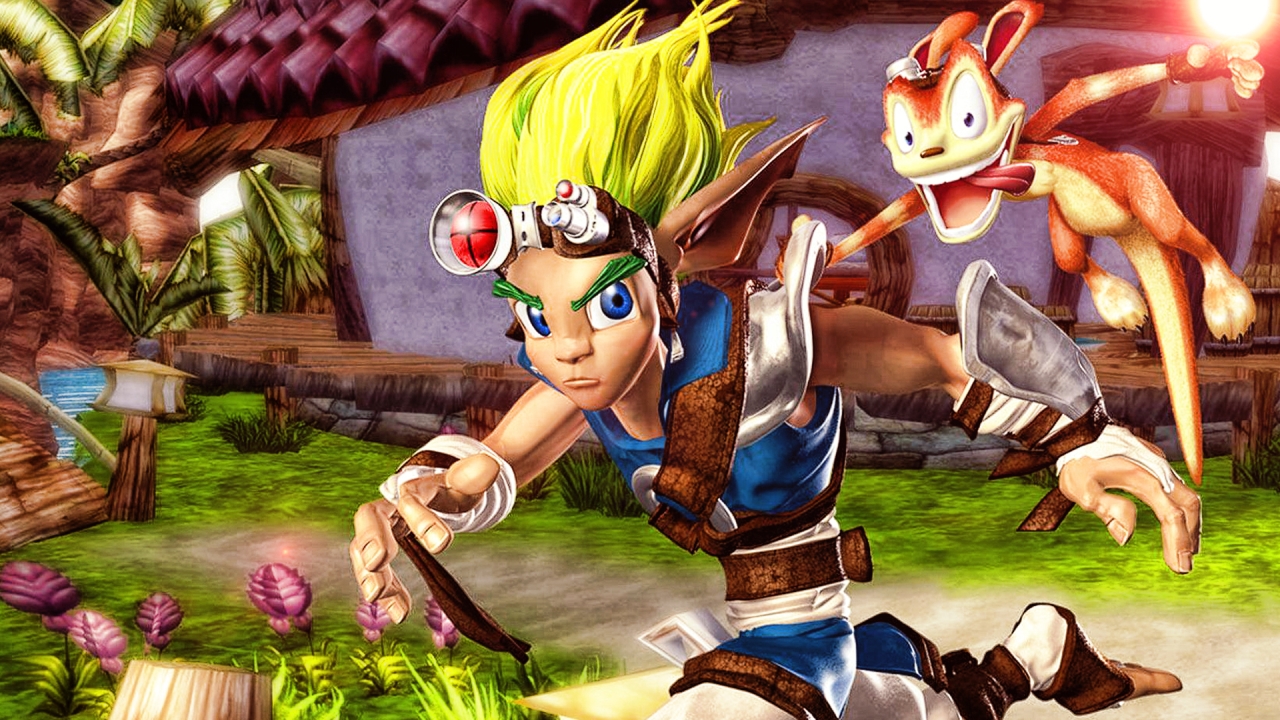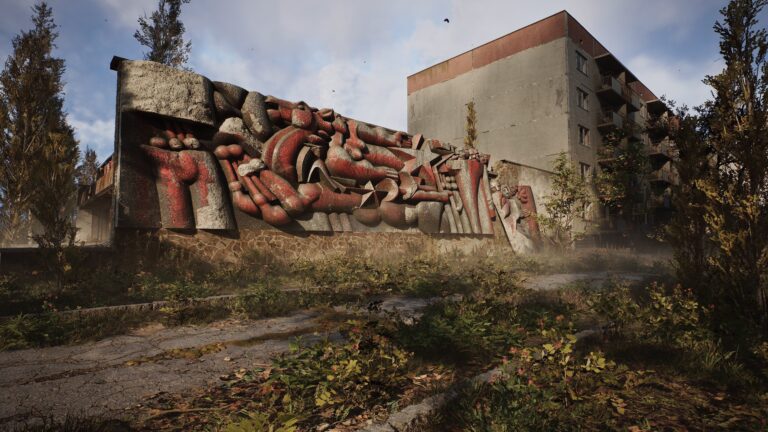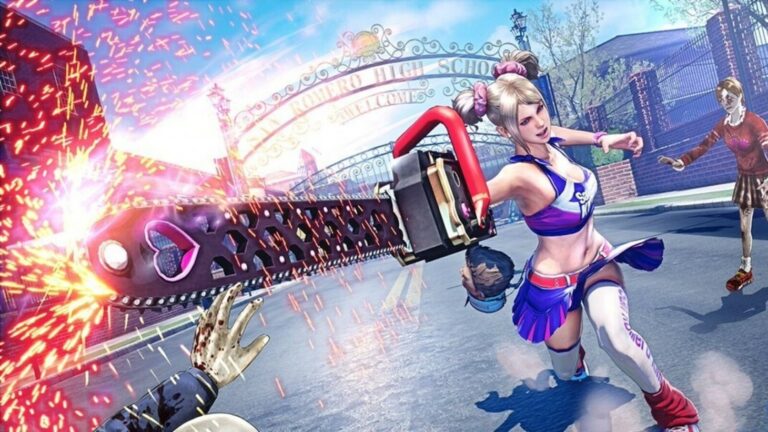From its humble beginnings as Jam Software in 1984 to its current status as one of Sony’s best first-party studios, Naughty Dog has released dozens of games varying in quality. The Naughty Dog of today didn’t begin taking shape until the PlayStation 3 era. The Crash Bandicoot and Jak and Daxter franchises stand the test of time, but they don’t reflect the studio’s current values.
https://www.youtube.com/watch?v=5R9H84frWIw
Naughty Dog’s Shift in Direction
Today’s Naughty Dog is known for big budget, cinematic experiences that push console hardware to its limits. While some of these tenants ring true in prior titles, Uncharted: Drake’s Fortune signaled a shift in tone and direction that has defined the studio since.
Crash Bandicoot used its linearity to push high-poly models and environments no one would have thought possible on the PlayStation. Jak and Daxter: The Precursor Legacy featured a massive, interconnected world with detailed visuals and next to no loading screens on the PlayStation 2. Pushing consoles has always been in Naughty Dog’s DNA.
Starting with Jak 2, Naughty Dog experimented with a renewed storytelling focus along with a more mature tone. Violence was less exaggerated and darker themes were explored through its characters and setting. Despite this, Jak 2 and 3 were still undeniably gamey with distinctions between narrative and gameplay levels.
Uncharted: Drake’s Fortune was their first attempt at melding story and gameplay into a more cohesive whole. As an early seventh-gen game, it set the blueprint for future titles. In the 12 years since Drake’s Fortune, Naughty Dog’s reputation skyrocketed thanks to Uncharted 2 and The Last of Us; two of the most critically acclaimed games of all time. That said, Naughty Dog isn’t all it’s made out to be. Uncharted 2 and The Last of Us are fantastic games, but taking their entire modern portfolio into account, there’s an inconsistency about which most don’t talk.
Naughty Dog’s Strengths
Regardless of each game’s quality, Naughty Dog’s technical wizardry can’t be disputed. Uncharted: Drake’s Fortune was 2007’s most technically mind-blowing console game. Its pre-rendered cinematics impressed with high quality stylized character models and facial animations for the time, but its in-game presentation stole the show. Drake’s Fortune’s original Nathan Drake model is one of that generation’s most detailed character designs despite releasing six years before it ended. Its water rendering and fluid interaction were equally high quality, bested only by Crysis.
Wet character model states are commonplace now, but in 2007, nothing felt more next-gen than seeing Nate’s pants get wet only up to his shins when dipping into shallow bodies of water. Combined with the varying wetness states as he dried up in the sun, it was one of that era’s most astonishing technical evolutions on consoles. That’s to say nothing of Nate’s shirt wrinkling as he walked or the interactive vegetation.
Only two years after Drake’s Fortune, Uncharted 2: Among Thieves showcased the industry’s most staggering technical leap between installments on the same console. Every element of its presentation was a generational leap—from its lighting and effects work to its character models and animations. Even when its games fall short, Naughty Dog delivers on attention to detail and technical innovation.
Naughty Dog’s First Rough Spot
Uncharted 2 and The Last of Us are undeniable classics, but that’s two out of five games under Naughty Dog’s modern portfolio. Their monolithic reputation doesn’t match their output.
The original Uncharted is a rough first effort with nothing special going for it aside from its tech, but therein lies the studio’s problem. Uncharted: Drake’s Fortune’s issues were easy to dismiss in 2007 because it was one of the first true showcases of that console’s hardware capabilities. 12 years later, even with the remaster, players are left with the forgettable game underneath. Drake’s Fortune’s derivative nature isn’t an inherent flaw; rather, it’s that nothing it steals from any game is fleshed out enough to make it noteworthy.
The cover system is finicky, made all the worse with future Uncharted games further refining their respective cover systems, providing better frames of reference when played today. Shooting, while touched up in the remaster, still doesn’t feel as satisfying as the genre’s best. In 2007, Drake’s Fortune mesmerized players by using the cell processor’s touted power. In 2020, it doesn’t hold up compared to the Jak and Daxter trilogy because its technical accomplishments propped it up rather than complementing an already-great game.
Retreading Old Ground
Uncharted 2: Among Thieves was the perfect sequel. It refined Drake’s Fortune’s unpolished elements, elevating the adventure’s scope and attention to detail while introducing fantastic multiplayer that sweetened the package. After such a runaway success, Uncharted 3 shows the studio in its most panicked state.
Uncharted 3: Drake’s Deception is still an entertaining thrill ride. Its unrelenting penchant for set pieces is daunting, but exciting. Some of the franchise’s best action sequences are found here. It’s the perfect “flick your brain off for a weekend” kind of game.
Taking a step back to examine it more critically, though, reveals a beat for beat retread of Uncharted 2; one whose individual set pieces are more grandiose, but a package that fails to deliver the same cohesion.
Both Uncharted 2 and 3 open with a bang, which leads to a flashback. Both games’ mid-points are defined by a long, multi-layered set-piece. In Uncharted 2’s case, it’s the two-chapter-long train sequence. In 3, it’s the build-up and action aboard the airborne plane. After both mid-points, Naughty Dog pumps the brakes: no combat or puzzles in either game’s breather chapters.
Both games’ final acts feature a convoy truck chase. Uncharted 3’s iteration is more dynamic, but it’s still a variation on the same set-piece at the same point in the narrative. Both games also end with a boss fight within the abandoned city, followed by narrowly escaping the city’s crumbling ruins through a playable set-piece. Uncharted 3 lives in its predecessor’s shadow, afraid to veer too far from the pacing and structure that lead to such critical acclaim.
Naughty Dog’s Last Fumble
Uncharted 4 broke free from those shackles, unafraid to experiment with the series’ underlying systems and structures. The larger combat spaces, improved AI, and increased mobility combined to create the series’ most refined combat. Once again, Naughty Dog hit it out of the park with contextual animations, animation blending, and visual flourishes that put most games to shame almost four years later. Uncharted 4: A Thief’s End is one of the few “next-gen” PS4/Xbox One games.
With so much going for it, Naughty Dog could have had another classic on its hands. Unfortunately, it’s the studio’s most bloated product to date. With a run-time that’s three to four hours too long and lopsided redistribution of its core pillars, Uncharted 4 is the series’ least replayable installment.
Uncharted games are defined by combat, puzzle solving, and exploration. Exploration, given the series’ linearity, automated climbing, and magnetized jumping, has always been its weakest link. That weak link takes up the largest slice of Uncharted 4’s gameplay pie. Such an uninteresting pillar consuming so much of an already-drawn out run-time wasn’t the game’s only pitfall. Uncharted 4 flexes the PS4’s muscles with the series’ most astonishing set-piece matched only by the train scene at Lost Legacy’s finale.
It’s a shame that there weren’t more of these active cinematic moments. Uncharted 4 is the longest game in the series with the most climbing, walking, and jumping and the least amount of combat. It’s the antithesis to what made Uncharted 2 and 3 such exciting romps. Uncharted: Lost Legacy proved this. In cutting the playtime by more than half and providing a more even distribution between its gameplay pillars, Lost Legacy is the game Uncharted 4 should have been.
A Hit or Miss Studio
Naughty Dog is one of the industry’s most respected developers for good reason, but their cult-like status doesn’t add up. Consumers can always expect them to churn out technical marvels with excellent writing, but they aren’t the end-all-be-all the industry has made them out to be. Even past Drake’s Fortune’s growing pains, Uncharted 3 and 4 highlight Naughty Dog’s problem. They’re so consumed by technical perfection that they grow blind to more subjective elements like pacing.
No related posts.







Sorry, David, but no. Your “flaws” are hardly worth mentioning, and you try far too hard to play them up as being significant. The first Uncharted might not be a world-beater, but it’s still a good game; it not being up to the level of UC2 is irrelevant. Similarly, the “bloat” you think exists in UC4 is opinion, not fact. The same is true of UC3. Your opinion is not a flaw, unless you’re talking about your opinion itself BEING a flaw. So, in your opinion, we have two all-time games, and three very good games with numerous excellent high… Read more »